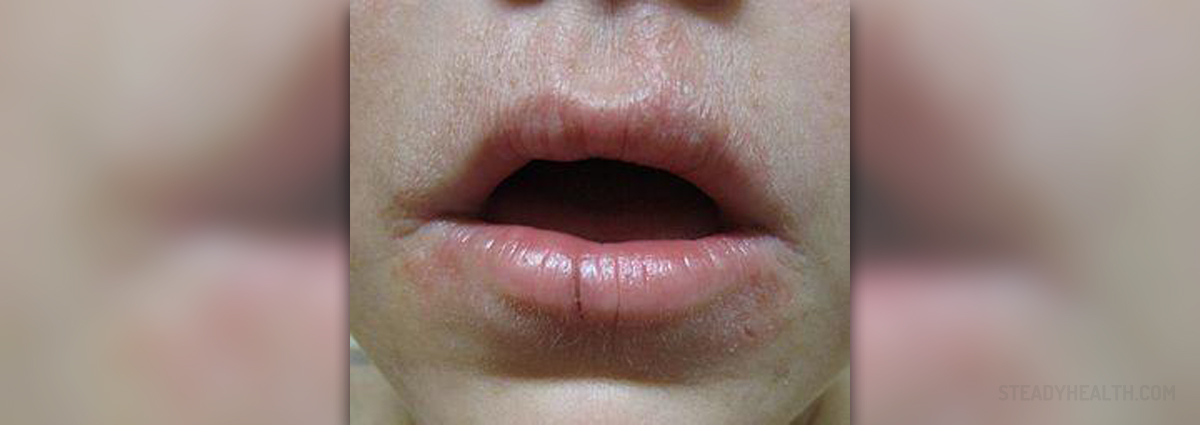
Perioral dermatitis is a skin condition which affects the area around the mouth, even though, in some cases, it may extend onto the skin around the eyes, the forehead and the cheeks. This form of dermatitis is considered to be quite common, predominantly affecting women. Most of the affected women are between 16 and 45 years old. Children and men may be affected as well, even though these cases are extremely rare. This form of dermatitis usually appears after the sufferer have already had certain forms of dermatitis in the past.
Information about Perioral Dermatitis
This type of dermatitis initially appears around the mouth area. Then, it tends to gradually spread. The skin is inflamed with red bumps which can be filled with pus. Alternatively, scaling and peeling of the affected skin can take place too. Interestingly, the skin area which is not under the influence of this dermatitis remains healthy and unaffected by the redness. Nevertheless, in some cases, the whole facial area may become red and exposed to the symptoms of the condition.
The rash characteristic for perioral dermatitis resembles acne and may cause burning or itching sensations.
Reasons behind Perioral Dermatitis
The cause behind this skin issues is a mystery yet to be solved. However, experts claim that a long-term use of steroidal creams may lead to perioral dermatitis. Taking into consideration that this form of dermatitis appears after some other types of dermatitis, there is a high likelihood that the previously used topical medications may be triggering this outburst.
Treatment for Perioral Dermatitis
In most cases, the diagnosis involves the doctor observing the manifestation of the dermatitis on the patient's face. Yet, sometimes, examination of the bacterial cultures, along with other types of diagnostic testing such as blood tests or biopsy may be necessary.
As far as treatment is concerned, cessation of using any steroidal creams is commonly the first step. Once this takes place, the rash may seem to get worse for several days, only to disappear after a certain period of time.
Other topical treatments may be recommended too, including metronidazole, erythromycin, benzoyl peroxide, tacrolimus, pimecrolimus, tetracycline, doxycycline and minocycline. Most of these drugs are prescribed for keeping bacteria at bay, suppressing infection.
Once the dermatitis is gone, make sure you avoid using harsh cosmetic products and keep the troublesome area clean by washing it often with warm water. When the rash goes away, use mild soaps too. Be careful and take good care of your skin, preventing dermatitis from coming back.


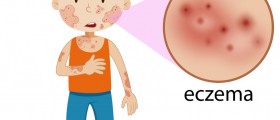


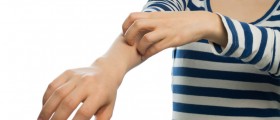

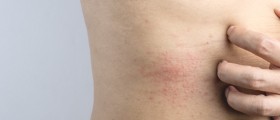




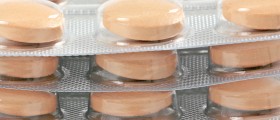

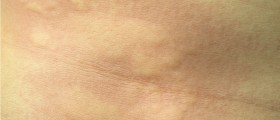
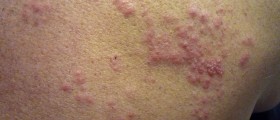
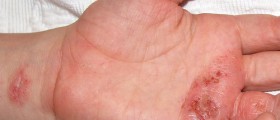
Your thoughts on this
Loading...